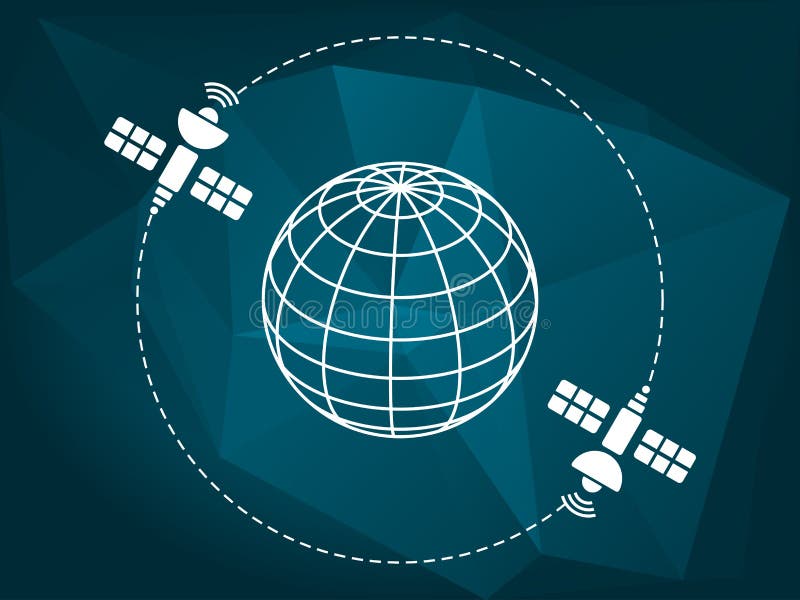
Light with wavelengths of 24 microns is red light of 8 microns is green and light of 4.5 microns is blue. This image shows infrared light captured by Spitzer's infrared array camera. The largest two blue stars in this picture are in the foreground, and not in the nebula itself. Radiation and winds from the super hot stars have collectively blown layers of dust (green) and gas away, revealing the cavity of cooler dust (red). The results showed that young stars lying beyond 1.6 light-years, or 10 trillion miles, of any O-stars are safe, while young stars within this zone are likely to have their potential planets blasted into space.

Astronomers used Spitzer's infrared vision to survey the extent of the five danger zones shown here. While O-star danger zones were known about before, their parameters were not.
#Image blue spheres in space nasa series#
NASA has also applied the name to a 2012 series of images which cover the. Young, cooler stars that just happen to reside within one of these zones are in danger of having their dusty planet-forming materials stripped away. The Blue Marble is an image of Earth taken on December 7, 1972, from a distance of about. These zones surround super hot stars, called O-stars (blue stars inside spheres), which give off intense winds and radiation. In optical light, the nebula looks like a rosebud, or the "rosette" adornments that date back to antiquity.īut lurking inside this delicate cosmic rosebud are so-called planetary "danger zones" (see spheres illustrations in figure 1). The very human problem, however, is sharing about aliens instead of the good work being done by other humans.This infrared image from NASA's Spitzer Space Telescope shows the Rosette nebula, a pretty star-forming region more than 5,000 light-years away in the constellation Monoceros. So what STEREO is actually doing is a lot cooler than fake news about aliens. These storms pose a major threat to satellites and to astronauts who are outside of the protection of a space shuttle. It’s important that STEREO is up there so that NASA can study coronal mass ejections - giant clouds of solar plasma that can trigger severe magnetic storms. STEREO has been doing its business for ten years, providing data that allows scientists to determine the structure of solar wine and discover the mechanisms and sites of solar energetic particle acceleration. The big ball of the sun became superimposed on the images of Earth and Venus. One of the cameras on NASA's Sun-observing STEREO spacecraft, which normally just shows an empty field of stars, captured a giant blue sphere for a few frames before it vanished. Then the data is sent back to Earth where, as we’ve learned from this commotion, sometimes data images can accidentally get combined. The image in question here was taken with an instrument on STEREO called SECCHI - a suite of five scientific telescopes that take images of the sun and the spaces between the sun and Earth.

The SPHERES engineering team collaborated with the Massachusetts Institute of Technology (MIT) to bring Blue back to a functional state. This allows NASA to have two viewpoints in which to watch the evolution of the sun’s solar storms. It was decided to return the Satellite to Earth, on the Space X 9 Dragon cargo module, for inspection and repair at NASA's Ames Research Center in California’s Silicon Valley. It stands for the Solar TErrestrial RElations Observatory, and one of its observatories traces Earth ahead of its orbit and the other trails behind. STEREO is a NASA spacecraft that made up of two spaced-based observatories. who lives in Mexico, shared the images from a link to Nasas website. Stereo Science Center/Facebookĭisappointed alien-hunters can be comforted by the fact that this glitch happened because of some very cool science. A huge blue sphere seen in front of the Sun by Nasa cameras has mystified. That causes the computer program that processes those images to get them wrong.” “The data comes down in a big stream, and we process that data, we pluck the images out as they’re coming down,” Alex Young of NASA’s Goddard Space Flight Center told Popular Mechanics. This glitch happens when the image processor on STEREO gets overloaded.

But it is not an alien mothership - it’s the sun.īecause of a glitch, two sets of data became superimposed into a single image - the one Johnson happened to look at. Of course, a little fact-checking found that this “huge spherical object” is, indeed, a huge spherical object. While mining through the images taken by NASA’s STEREO spacecraft, she came across a “huge object,” writing that NASA previously “has tried to use EUVI 171 images of the sun to hide the sphere.” Turns out that “huge object” is already pretty familiar, though.īy Saturday, the images had gone viral with internet commenters spitballing that it could be anything from aliens to a rogue planet. On Thursday, UFO-hunter Pamela Johnson posted to Facebook that she had discovered something extraordinary.


 0 kommentar(er)
0 kommentar(er)
